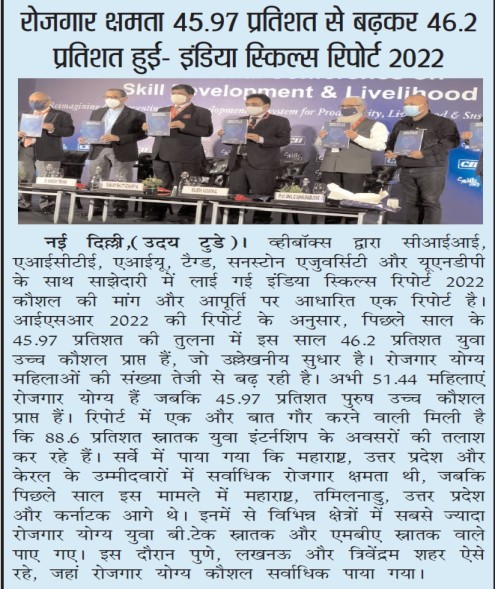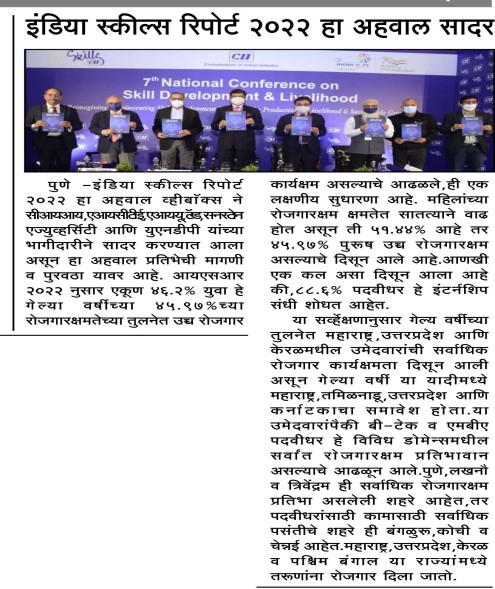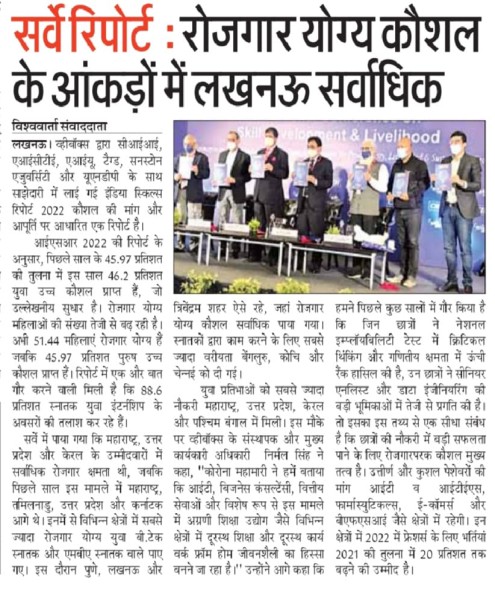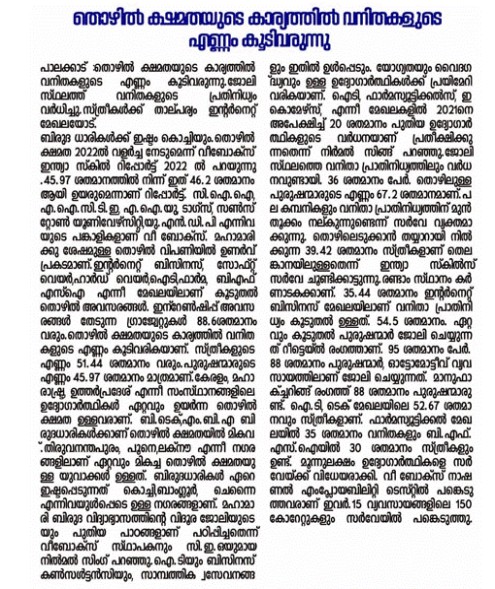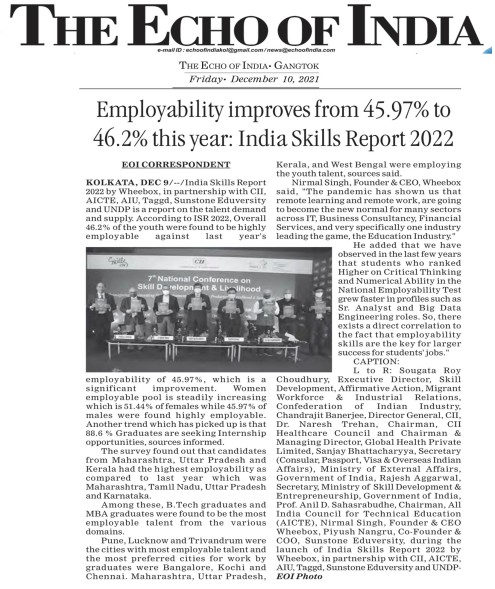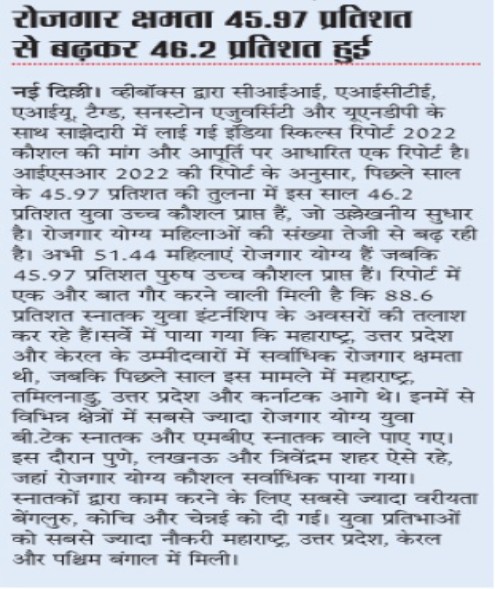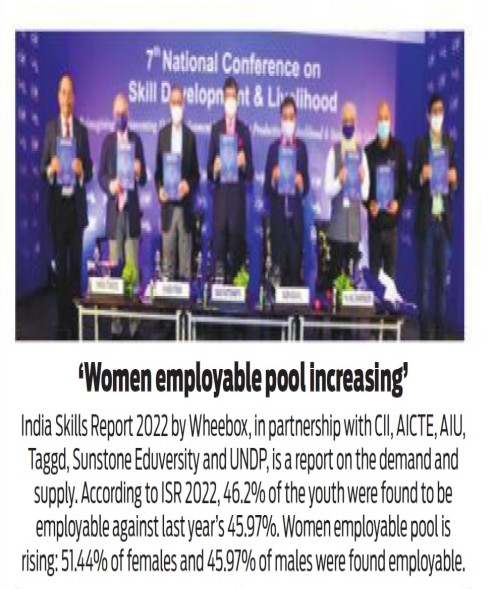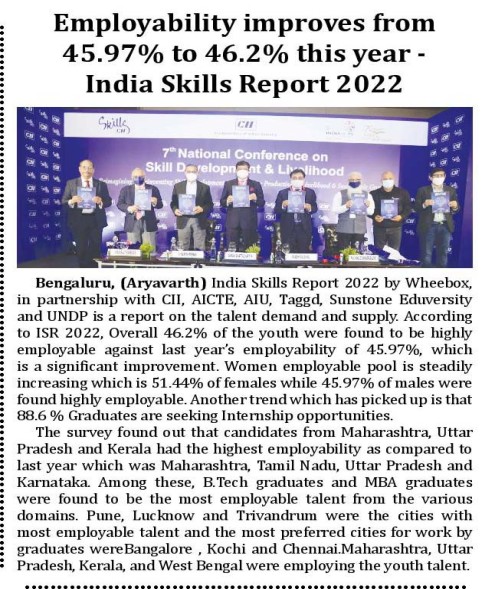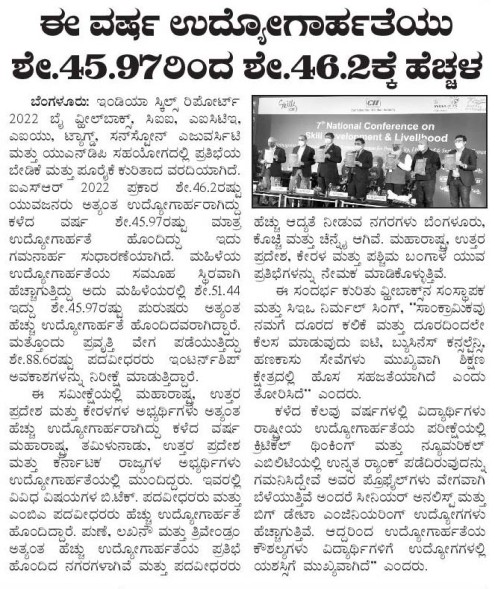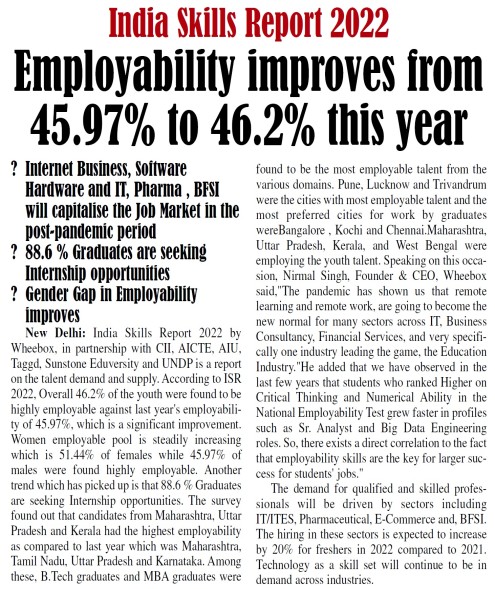Identifying and Nurturing Future Leaders for Organizational Success
In today's ever growing and highly competitive world, where employees are looking to grow in their career, employers are seeking to sustain their best talent. Hiring new employees has always been a massive cost to the company and with constant recruitment and dismissal in the industry, it is imperative for the organizations to figure out a way of retaining their best talent, generally done through continuous growth and development.
One of the most effective strategies to retain the talent is to identify and nurture individuals who possess exceptional qualities and have the potential to become outstanding performers and leaders. Continuous growth is not only advantageous for the individual, but also advantageous for the organization.
Given the changing corporate culture, L&D professionals frequently hold opposing views: some think that everyone should have access to learning and development opportunities, while others think that high-potential employees within an organization should receive particular programs or attention in order to maximize their potential.
What is Hi-Po?
Identifying and nurturing people with remarkable talents and the potential to be outstanding performers and leaders is one of the most effective tactics. This method, also known as "high potential identification" (sometimes known as "Hi-Po identification"), is essential for helping firms identify these high potential talents and harness them for long-term success. The characteristics of a Hi-Po may vary from enterprise to enterprise, however, can generally be described as:
- Skilled in their line of work
- Aspiring to take on leadership roles
- Acknowledge the corporate culture
- Kind and emotionally perceptive
- Tolerant to stress
- Cooperative individuals that excel in teams capable of taking the initiative and acting independently
- Regarded and trusted by their peers
- Open about their individual professional aspirations
- Happy to hear criticism and make necessary performance adjustments
- Able to accept duties that are outside the scope of their position
- Driven to learn new skills
- Interested in the company's future success
It is becoming more crucial for organizations to discover high potential people inside their own teams due to the rising competition, rising expenses involved with recruiting top performers, as well as their potential impact on business success.
The process to identify a high potential individual can be a tedious task, however with right tools and exercises, the extra effort can be reduced. We at Wheebox empower organizations in:
- Evaluating the core competencies organizations are looking for in their HiPo employees
- Identifying the right tool for accurate Hi-Po assessment and creating development plans for the employees to cater to their speedy growth and development.
- Since managers are one of an organization's most valuable assets, assessments like the Managerial Profile (MAP) to assess individual's competencies are crucial. A few competencies can help determine which candidate is best suited for this leadership position in an organization, including driving for:
- Results
- Planning and Organizing
- Driving and Managing Change
- Leadership and People Management
- Teamwork and Client Centricity
- Problem-Solving and Decision-Making
- Analytical Thinking, and Strategic Perspective.
- The INSIGHT 360 Assessment is made to assess a candidate's problem-solving, verbal reasoning, and numerical reasoning in order to comprehend the cognitive capabilities and intellect of a professional. The test aids users in mapping the aptitude needed to execute and succeed.
- Problem-solving abilities are the parameter by which they rate the assessment. It is the method of employing a logical, methodical set of steps based on reliable mathematical principles and provided statements to come to a conclusion. This ability aids in evaluating a person's critical thinking abilities.
- Verbal reasoning tests measure verbal reasoning gauge a candidate's comprehension and understanding abilities. The Numerical Reasoning section tests candidates' understanding of ratios, percentage increases and decreases, cost and sales analysis, and currency conversions.
Finding personnel that show an increased probability of exceeding others in the same function and who show a differentiated leadership/role potential is one of the outcome validation steps.
Why is it important for the organizations?
The Hi-Po assessment scores provide with information about a candidate's potential to meet the requirements associated with competencies in a managerial profile. This profile report is built around well known organizational competencies like problem solving and decision making, team work, people leadership, drive for results, client centricity, driving and managing change, conceptual or analytical thinking, strategic perspective, and planning and organizing which are essential to perform well in a variety of managerial jobs.
This information underpins recruitment decisions, coaching and development interviews along with various other talent management interventions across an employee's life cycle, which in turn, help the employees identify and determine the key areas they need to focus and improve on, along with identifying the job roles that would be best suited for their profile.
Conclusion:
Identification of high-potential employees is crucial to the overall organizational strategy because it significantly improves an organization's capacity for the future. Finding, nurturing, and keeping future talent can considerably improve an organization's ability to handle both the present and future phases of a change. Identification of high-potential employees when guided by a thorough assessment delivers their accurate performance and accounts their potential future contributions to the firm.
AI-based solutions by Wheebox administer cognitive skiils, logical reasoning, verbal ability etc in the identification of high-potential applicants and staff members with solid managerial and leadership abilities with good predictive validity. Evaluations are an effective tool, if properly implemented.









